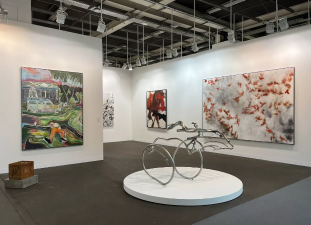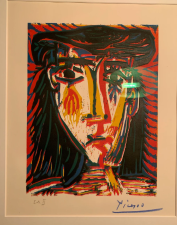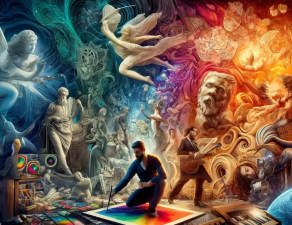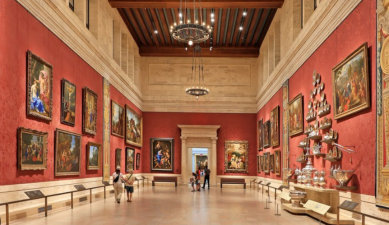Can Interior Design Be Considered a Form of Art?
In an era where individuality and comfort coexist, interior design, a comprehensive art form that blends aesthetics, functionality, and psychology, is quietly transforming our living spaces. But do you truly understand what interior design is? Is it simply about wall colors and furniture placement?
In an era where individuality and comfort coexist, interior design, a comprehensive art form that blends aesthetics, functionality, and psychology, is quietly transforming our living spaces. But do you truly understand what interior design is? Is it simply about wall colors and furniture placement?
Interior Design:

The Magical Transformation of Space
When you walk into a well-designed room, the first thing that strikes you is the harmonious color scheme, the well-arranged furniture layout, and those subtle decorative details that touch your heart. Behind these seemingly simple elements lies the designer's profound understanding of the space's function and ingenious planning. Interior design is more than just about beautifying the environment; more importantly, through strategic spatial layout, the use of light and shadow, and the selection of materials, it creates living environments that both meet the needs of the residents and resonate emotionally.
From Function to Emotion:
The Dual Mission of Interior Design
- The Ultimate Pursuit of Functionality
Interior design primarily addresses the functionality of a space. The kitchen should be convenient for cooking, the bedroom should ensure privacy and comfort, and the living room should be a place for family communication and entertaining. Designers must tailor every inch of the space based on factors such as the residents' living habits and family composition. For example, an open kitchen design is more suitable for families who love cooking and enjoy family interaction; while a separate study room satisfies the need for a quiet environment for work and study.
- Delicate Expression of Emotion
Beyond fulfilling basic functions, interior design is also an art form that revolves around emotions. Color psychology tells us that different colors can evoke different emotional responses; the choice of materials and textures can create a variety of ambiances, from warmth to elegance to modernity. Through carefully selected decorations, artwork, and even the folds of curtains, designers silently tell the stories of their residents and convey a unique emotional warmth.
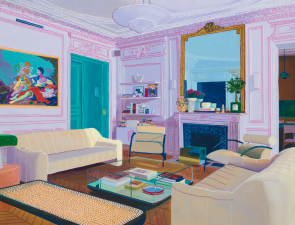
Interior Design, the Art of Living
As an art form that revolves around space, function, and emotion, interior design is not just about transforming the living environment; it is also about pursuing and improving the quality of life. In this process, the designer is the director and the resident is the star, together performing a masterpiece about life. Every design is a profound insight into and delicate depiction of life, making the living space a spiritual haven and bringing happiness and fulfillment to those who live within it.
Remember, interior design is not just about decoration. It is about you, me, him, and the world we live in together. How to tell each person's unique story through the language of space.


